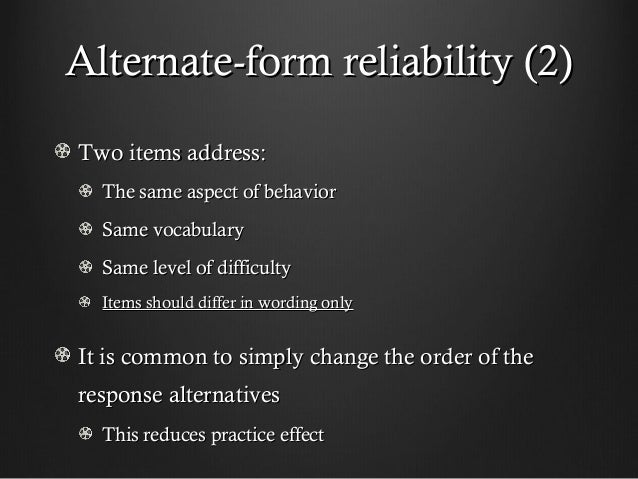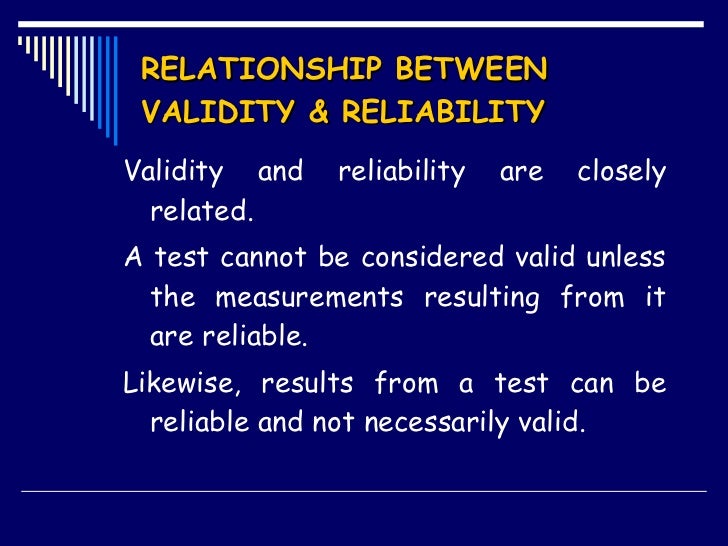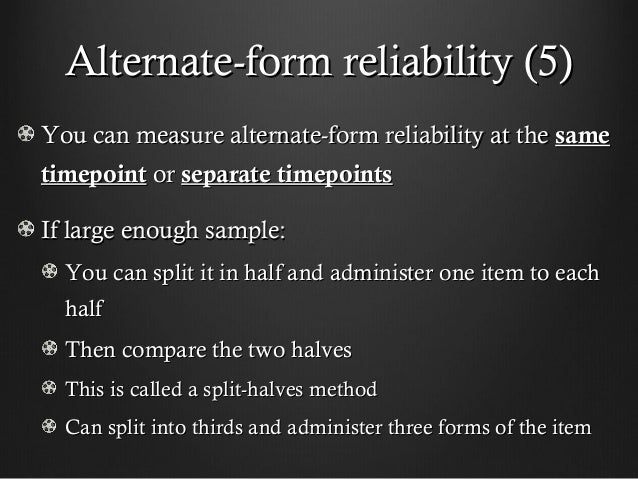

Reliability of an instrument is increased by identifying the precise data needed and repeated use of the instrument in field testing. For example it is easier to determine the reliability of an instrument used to measure the performance of mathematics in a form 2 class, than an instrument used get their music ability. It is easier to determine reliability when dealing with information that can be quantified. If the results are different, then the measurement is unreliable.

A reliable measurement is one that if repeated a second time will give the same results as it did the first time. Whenever an investigator measures a variable, he or she wants to be sure that the measurement provides dependable and consistent results. Reliability refers to the consistence, stability, or dependability of the data. However, when handling qualitative information such as feelings, likes, dislikes, opinions etc, validity is more difficult to determine.

For example in growth monitoring, the height and weight of a child is easy to determine. Validity of an instrument is easy to determine if one is dealing with information that can be quantified. But if is reliable, it may or may not be valid. If a measurement is valid, it is also reliable. Data need not only to be reliable but also true and accurate. This refers to the extent to which a measurement does what it supposed to do. The reliability of the findings, conclusions and recommendations arrived at in any study largely depends on the validity, and reliability of the methods and instruments used in data collection. This section explains the technical meaning of these two concepts.

This then requires that the tool for the collection of data is valid and reliable. In research the concern of an investigator is how to minimize possible errors and bias by maximizing the reliability and validity of data.


 0 kommentar(er)
0 kommentar(er)
